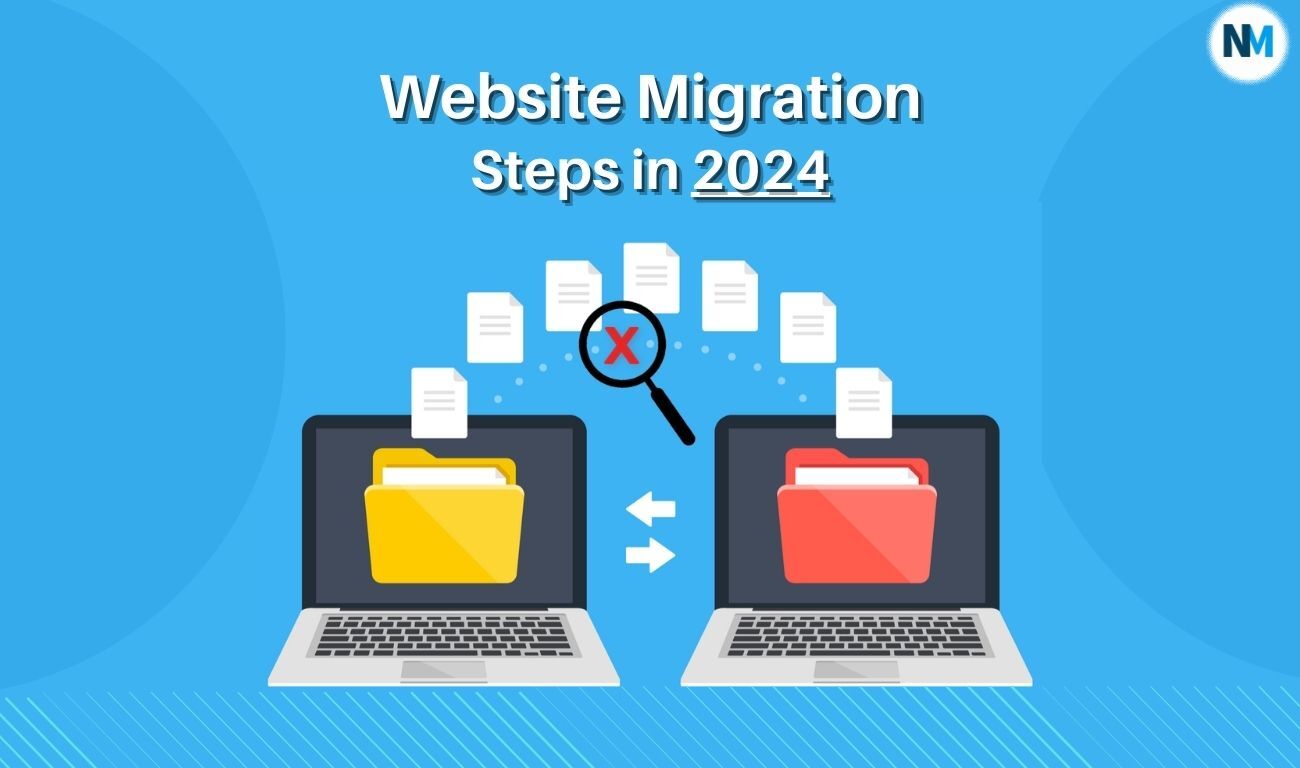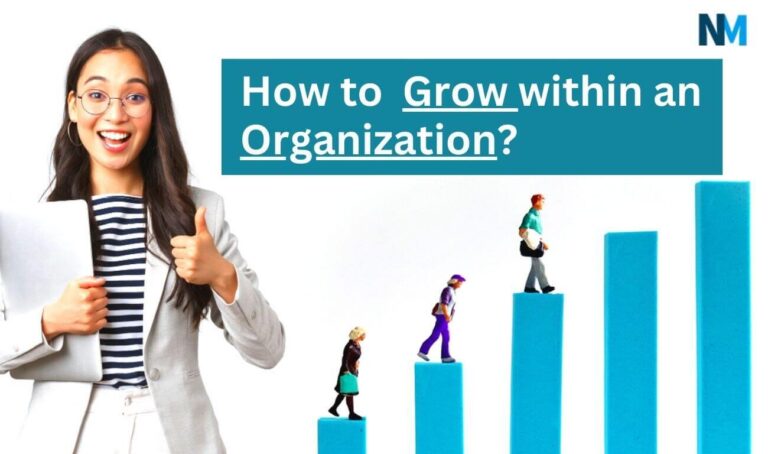Website Migration Steps in 2024
Are you contemplating a site migration in 2024?
Don’t let the prospect of change jeopardize your site’s organic traffic.
In this blog, we’ll delve into the SEO essentials for a successful website migration.
Having overseen multiple seamless site migrations, I’m here to share valuable insights and tips to minimize risks.
Understanding the Types of Site Migrations and Their Impact on Organic Traffic
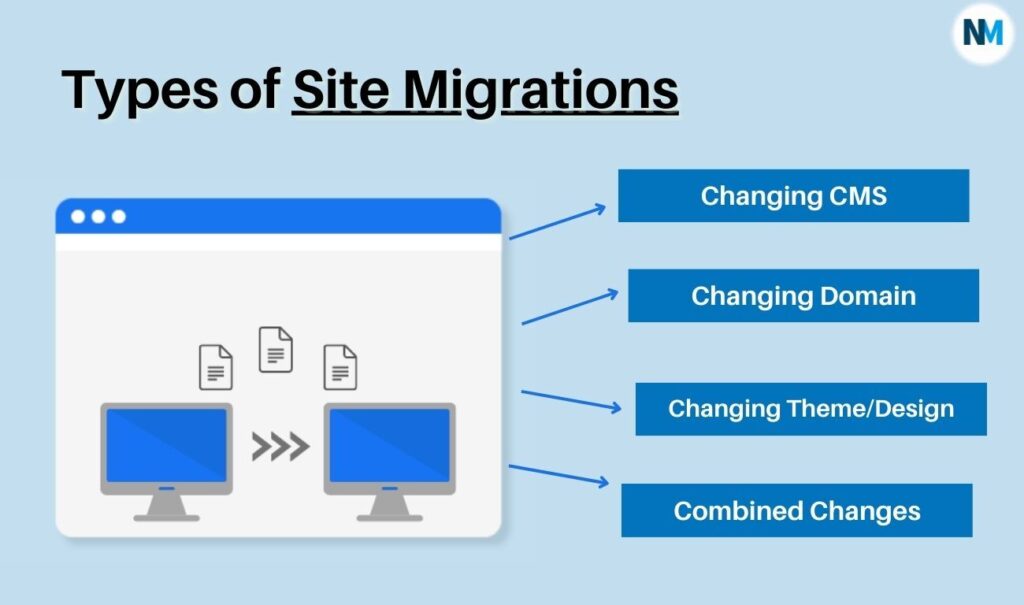
Site migrations, though often necessary, can pose risks to organic traffic, with the level of risk varying based on the changes implemented.
Let’s delve into the different types of migrations and categorize them by their impact on organic traffic, incorporating relevant keywords:
- Changing CMS
Changing your Content Management System (CMS) is a common but potentially risky site migration.
This type of migration involves significant modifications, and the risk escalates when combined with a theme or design change.
The CMS is the backbone of your site, managing content, and altering it can impact the overall structure and functionality.
- Changing Domain
Surprisingly, changing your domain may not be as risky as anticipated.
In this type of migration, the CMS and design often remain unchanged, mitigating some potential challenges.
While there are still considerations, such as updating URLs and implementing proper redirects, the impact on organic traffic might be less severe compared to other types of migrations.
- Changing Theme/Design
Altering your site’s theme or design introduces a moderate level of risk to organic traffic.
This risk increases when coupled with a CMS change, as both changes can impact the visual and structural aspects of the website.
Ensuring a smooth transition requires meticulous planning to preserve user experience and maintain search engine visibility.
- Combined Changes
The riskiest scenario involves making multiple changes simultaneously – changing the domain, CMS, and design all at once.
This comprehensive overhaul introduces a high level of complexity and potential challenges.
The more variables altered, the higher the risk of encountering issues that may negatively impact organic traffic.
Key Considerations for Mitigating Risks in Site Migrations:
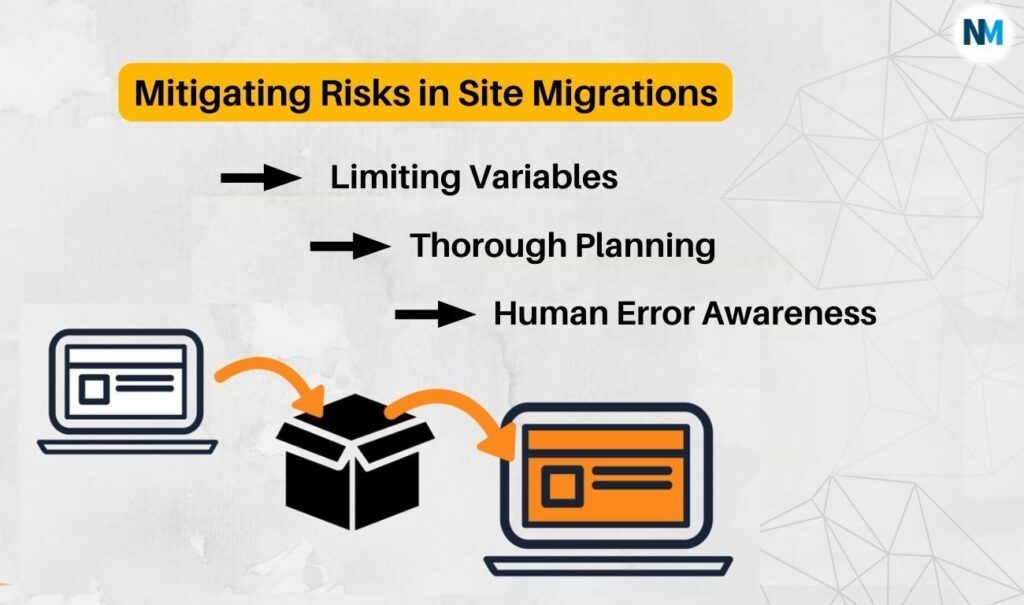
- Limiting Variables
When possible, limit the number of changes in a migration.
This reduces the complexity and associated risks.
For instance, consider changing the CMS and design first and then addressing the domain if needed.
- Thorough Planning
The more changes made, the more comprehensive the planning should be.
Rigorous planning minimizes the chances of overlooking critical steps, reducing the risk of traffic losses.
- Human Error Awareness
Acknowledge that most traffic losses during migrations result from human error or missed steps in the process.
Implement stringent processes and checks to mitigate these risks.
By understanding the risks associated with different types of site migrations, webmasters and SEO professionals can make informed decisions and implement strategies to safeguard organic traffic during the migration process.
Migration Checklist: Essential Steps for a Successful website Migration
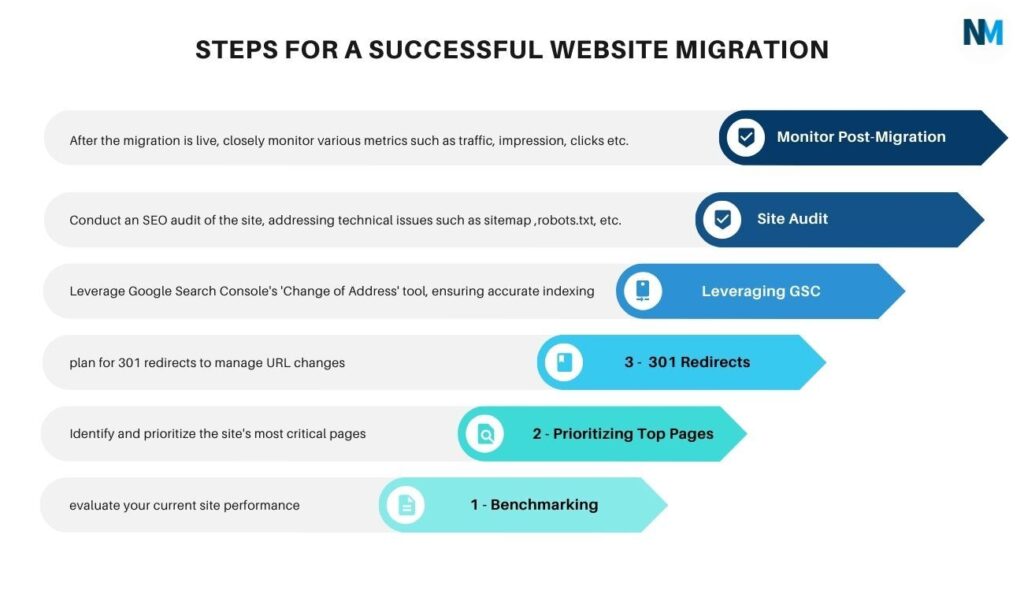
- Benchmarking
Before initiating a website migration, thoroughly evaluate your current site performance to establish a benchmark. Key components include:
- Current Rankings: Identify the keywords your site ranks for and their respective positions on search engine results pages (SERPs).
- Top-Performing Pages: Determine which pages generate the most traffic and revenue. These are crucial for maintaining overall site performance.
- Organic Traffic: Evaluate the existing organic traffic to your site. This data will serve as a baseline for post-migration comparisons.
During this phase, it’s essential to employ analytics tools and SEO software to gather accurate data.
- Prioritizing Top Pages
Identify and prioritize the site’s most critical pages to ensure a seamless transfer. This involves:
- Keyword Rankings: Prioritize pages with high keyword rankings as they contribute significantly to your site’s visibility.
- Revenue-Generating Pages: Highlight and safeguard pages that contribute the most to your revenue stream.
- Critical Elements: Pay special attention to preserving elements like title tags, H1 tags, and content during the migration.
By focusing on these elements, you ensure that the core of your site’s success is preserved throughout the migration.
- Implementing 301 Redirects
Craft a meticulous plan for 301 redirects to manage URL changes effectively. This involves:
- Mapping URLs: Create a comprehensive mapping of old URLs to their corresponding new URLs.
- Implementation: Implement 301 redirects to seamlessly guide users and search engines from old URLs to new ones.
- Error Checking: Regularly check for redirect errors to avoid disruptions in user experience and SEO rankings.
Implementing 301 redirects is critical to maintaining the integrity of your site’s link structure.
After the redirects are implemented, there is no harm in doing a random manual check to see if the redirects are working as required.
- Leveraging Google Search Console
For domain migrations, leverage Google Search Console’s ‘Change of Address’ tool, ensuring accurate search engine indexing:
- Verification: Verify ownership of both the old and new sites within Google Search Console.
- Change of Address Tool: Utilize the ‘Change of Address’ tool to notify Google about the domain change.
- Indexing Update: Ensure that search engines accurately index the new domain, minimizing potential ranking disruptions.
This step is pivotal for a smooth transition in search engine visibility during domain migrations.
- Staging Site Audit
Before the migration goes live, conduct a thorough audit of the staging site, addressing technical issues:
- Canonical Tags: Ensure proper implementation of canonical tags to avoid content duplication issues.
- Robots.txt and Meta Tags: Review and adjust robots.txt and meta tags to control search engine crawling and indexing.
- Internal Links: Check and fix broken internal links, maintaining a seamless navigation structure.
- Redirect Chains and 404 Errors: Identify and rectify redirect chains and 404 errors for optimal user experience.
An exhaustive pre-launch audit is crucial for identifying and resolving potential issues before they impact the live site.
- Updating Internal Links
Proactively update internal links to reflect the new URL or domain:
- Link Validation: Confirm that all internal links point to the correct destination.
- Proper Anchoring: Ensure anchor text and context remain relevant and accurate.
- Link Consistency: Consistently update internal links across the entire site to maintain cohesiveness.
By updating internal links preemptively, you reduce reliance on redirects and enhance user experience.
- Monitoring Post-Migration
After the migration is live, closely monitor various metrics for an extended period:
- Organic Traffic: Continuously monitor organic traffic patterns, looking for any sudden drops or increases.
- Impressions: Track impressions to gauge your site’s visibility on search engine result pages.
- Rankings: Regularly check keyword rankings to assess the impact of the migration on search engine positions.
Consistent monitoring allows for swift identification and resolution of issues, ensuring a successful migration.
- Google Search Console Checks
Perform daily checks on Google Search Console for crawl errors and other issues:
- Crawl Errors: Identify and address any crawl errors promptly to maintain a healthy site structure.
- Indexing Issues: Monitor for indexing issues and resolve them swiftly to prevent potential ranking drops.
- Search Performance: Regularly review search performance metrics to stay informed about your site’s health in search engines.
Daily checks on Google Search Console are crucial for catching and resolving issues in real time.
The SEO Perspective on Site Migration

Empower your SEO team to oversee the migration process, ensuring proper planning and execution.
Most migration challenges stem from inadequate planning, emphasizing the importance of proactive measures.
Conclusion
Website migrations need not be risky endeavors; they demand meticulous planning.
By following this comprehensive checklist and incorporating these best practices, you can navigate the complex landscape of site migration while safeguarding your organic traffic and revenue.
